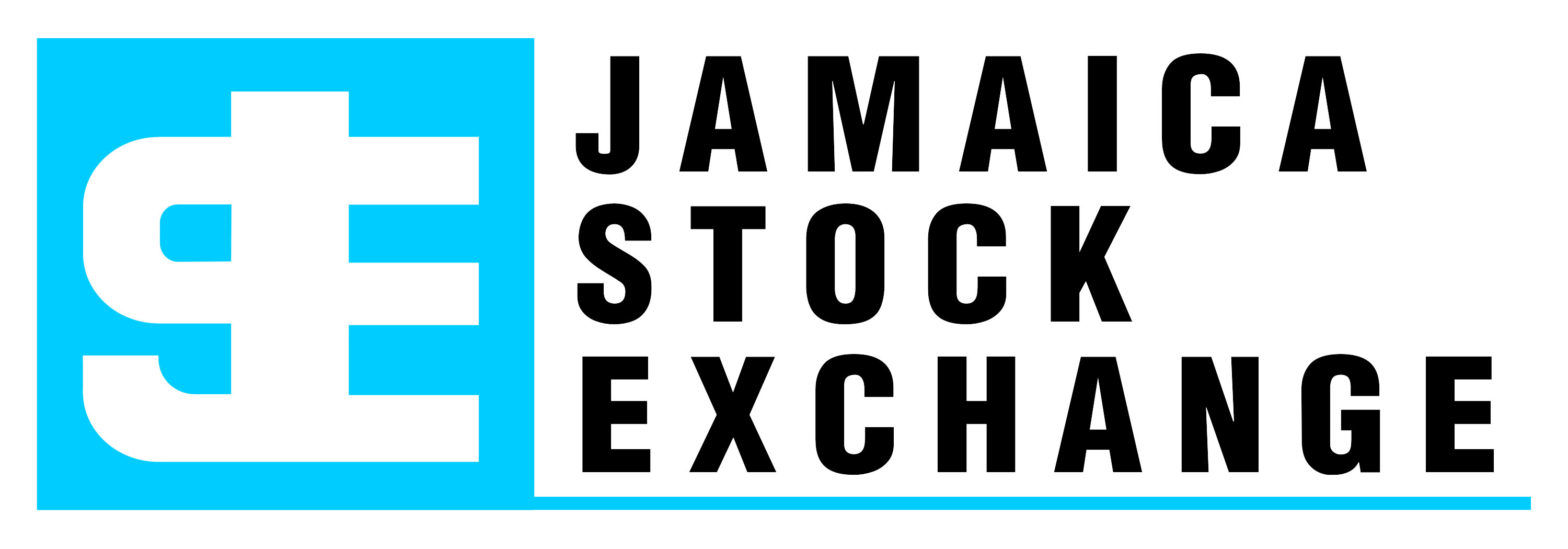“Yohan Blake is trying to trademark his own “beast” pose but it makes him look like he’s in the musical Cats. He should stick to running.”

 It’s clear that star sprinter and two-time Olympic silver medalist Yohan Blake, is trying to create his own brand with accompanying beast logo and image. And who can blame him with the runaway success of the Bolt brand and image as his guide and template. The origin of the name and image lies in the way he trains and runs on the track.
It’s clear that star sprinter and two-time Olympic silver medalist Yohan Blake, is trying to create his own brand with accompanying beast logo and image. And who can blame him with the runaway success of the Bolt brand and image as his guide and template. The origin of the name and image lies in the way he trains and runs on the track.
But is this working for Yohan? Early indications are that it’s not and is generating more negative feedback than the desired positive affinity. The brand lacks the five key elements required for success
Successful branding begins with a well-defined brand that is RELEVANT to His market. Yohan might think that since he has a beast brand name and logo and maybe a tagline he has completed His branding. But, unless he has carefully considered and defined ALL five of the key brand elements—position, promise, personality traits, story, and associations—he still has a lot of work to do.
And, until he has infiltrated his brand into every level of his organization and built the discipline of CONSISTENCY into every behavior, action, or communication—both internally and externally—he is not yet on the path to a successful brand strategy.
So what are the 5 Key Elements and 1 Mantra to building a Successful Brand for Yohan Blake. There may be others but these are the basics.
Brand Position
The Brand Position is the part of the brand that describes what Yohan’s organization does and for whom, what are his unique value(s) and how customers will benefit from working with his product/service, and what key differentiation he has that make him different from competition like Bolt.
Brand Promise
The Brand Promise is the single most important thing that Yohan’s organization promises to deliver to its customers—EVERY time. To come up with his brand promise, he must consider what customers, employees, and partners should expect from every interaction with Him. Every business decision should be weighed against this promise to be sure that a) it fully reflects the promise, or b) at the very least it does not contradict the promise.
Brand Personality
Brand Traits illustrate what the Yohan Blake organization wants its brand to be known for. He should for example think about specific personality traits he wants prospects, clients, employees, and partners to use to describe his organization. He should have 4-6 traits (5 is ideal), each being a single term (usually an adjective).
Brand Story
The Brand Story illustrates the Yohan Blake organization’s history, along with how the history adds value and credibility to the brand. It also usually includes a summary of his products or services offerings.
Brand Associations
Brand Associations are the specific physical artifacts that make up the brand. This is his name, logo, colors, taglines, fonts, imagery, etc. Yohan brand associations must reflect his brand promise, ALL of his brand traits, and support his brand positioning statement.
One Mantra: Everybody must sing the same song, with the same words from the same book everytime.

 Once Yohan has developed and defined a relevant brand, he must begin building the brand with employees, customers, prospects, partners, etc. through CONSISTENT execution. Repetition is the key to the success of the branding process. This will begin by halting and changing the now constant projection of the beast image.
Once Yohan has developed and defined a relevant brand, he must begin building the brand with employees, customers, prospects, partners, etc. through CONSISTENT execution. Repetition is the key to the success of the branding process. This will begin by halting and changing the now constant projection of the beast image.
No one, including the public and his target market will ever really know or remember what his brand is, unless it is the same every time they are exposed to it. Bolts lighting pose and brand is consistent every time you see him or the brand representation.
Without consistency, his brand awareness becomes impossible to achieve, no matter how much money he spend on marketing. Failing this his good brand identity—that he spent so much time defining—begins to look more schizophrenic with every falter.
To help ensure he builds the habit of consistent brand execution company-wide, we recommend the documentation of the Brand Elements in a Brand Manual and provide this guideline to every team member for their own use in their daily activity. Then he must become the company’s brand ambassador and begin the diplomatic process of self-enforcing its use! BM

 Businessuite Women2 weeks ago
Businessuite Women2 weeks ago
 Businessuite News243 weeks ago
Businessuite News243 weeks ago
 Businessuite News242 weeks ago
Businessuite News242 weeks ago
 Businessuite News24 International3 weeks ago
Businessuite News24 International3 weeks ago
 Corporate Feature3 weeks ago
Corporate Feature3 weeks ago
 Businessuite Markets3 weeks ago
Businessuite Markets3 weeks ago
 Business Insights2 weeks ago
Business Insights2 weeks ago
 Businessuite Women4 weeks ago
Businessuite Women4 weeks ago













